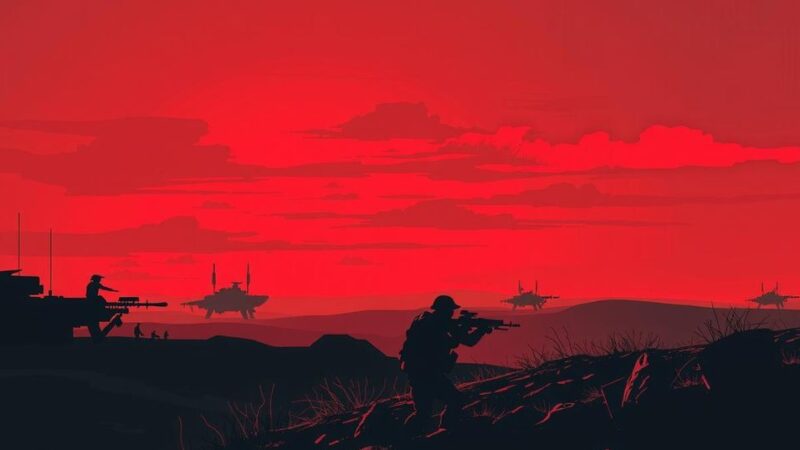A teenager’s graffiti in Daraa sparked a revolution against Assad’s regime, igniting widespread protests across Syria that escalated into a civil war. Despite initial aspirations for freedom, brutal repression led to significant loss of life and displacement, with extremist factions emerging amidst the chaos. Following years of turmoil, however, reports indicate Assad’s declining power as rebel forces gain traction.
In a seemingly innocuous act of rebellion, a 14-year-old boy in Daraa, Syria, named Mouawiya Syasneh ignited a nationwide uprising that would alter the trajectory of his nation and lead to the fall of President Bashar al-Assad. The message he inscribed on a wall—”It’s your turn, Doctor”—served as a call to action against decades of oppressive governance. Following his arrest and brutal treatment by the regime, widespread protests erupted, marked by a growing demand for freedom and justice, heavily inspired by the broader Arab Spring movement. Yet, the regime’s violent response to these protests only intensified the conflict, eventually leading to the emergence of the Free Syrian Army and fracturing the opposition into various factions, including extremist groups.
Over the course of the ensuing twelve years, Syria has endured immense suffering, with over half a million lives lost and millions more displaced. Major cities lie in ruins, reflecting the deep scars left by a conflict that began with aspirations for a better future but devolved into one of the worst humanitarian crises in modern history. As the situation continues to evolve, reports suggest that Assad’s hold on power is weakening, with rebel groups, such as Hayat Tahrir al-Sham, gaining ground and even threatening the regime’s stronghold in Damascus.
The Syrian Civil War traces its origins back to the oppressive rule of President Bashar al-Assad, who succeeded his father in 2000. The regime maintained control through severe repression of dissent, utilizing tools such as the Mukhabarat, Syria’s secret police, to silence critics. In 2011, inspired by the Arab Spring, citizens began demanding change, leading to initial peaceful protests. However, the regime’s violent crackdown spurred a significant escalation, plunging the country into civil war. Deeper complexities arose as various factions emerged, complicating the landscape of the conflict, including the rise of extremist groups amidst the chaos.
The story of Mouawiya Syasneh’s graffiti underscores the profound impact that individual acts of defiance can have in challenging oppressive regimes. The ongoing conflict in Syria illustrates the devastating toll of state repression and the intricate web of war that can ensue from a quest for freedom. As rebel forces reclaim control, the question remains about the future of a nation seeking restoration after years of suffering and division. Observers and historians alike must now contemplate the potential outcomes for Syria as it navigates this pivotal moment in its history.
Original Source: www.indiatoday.in






